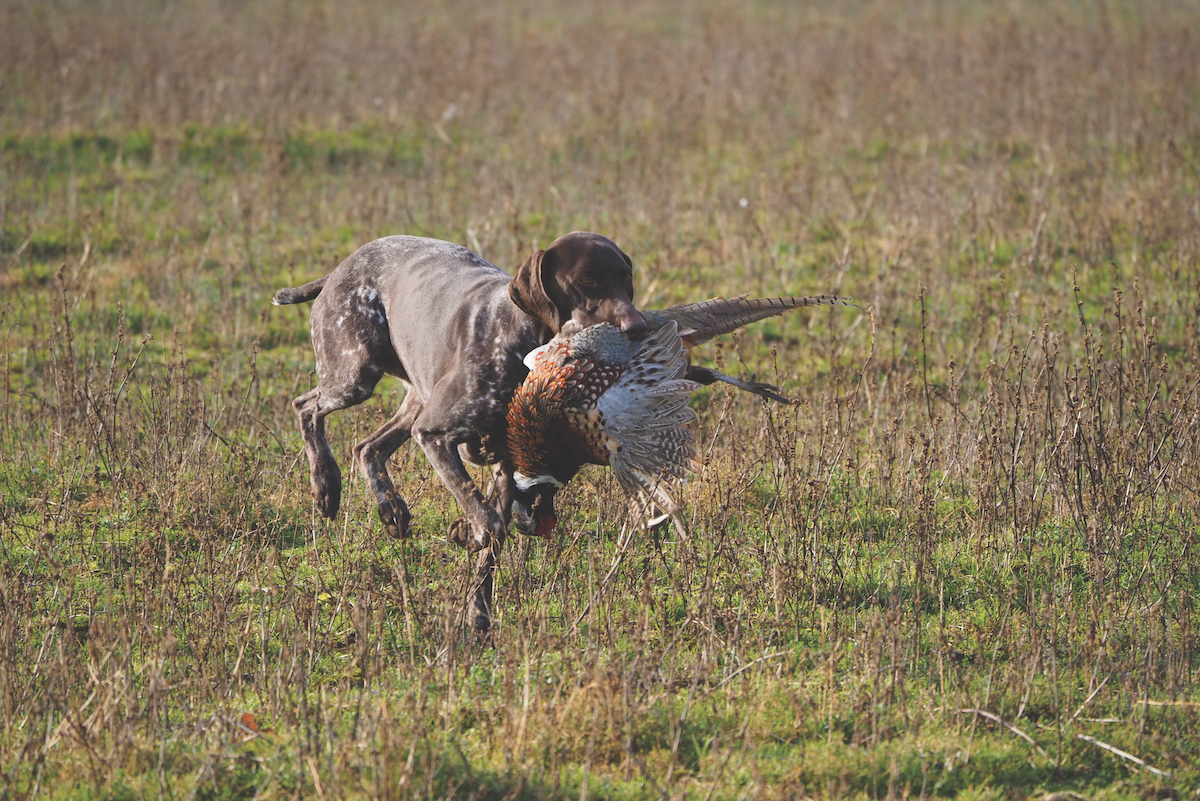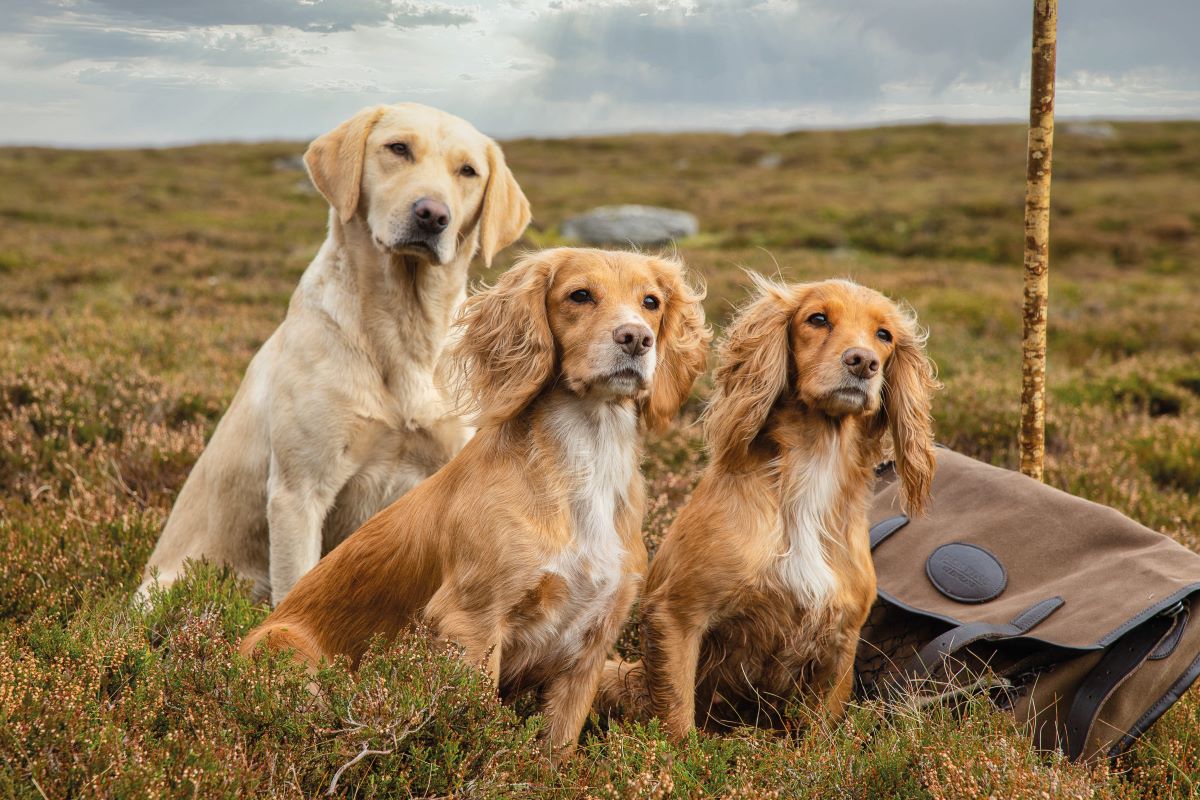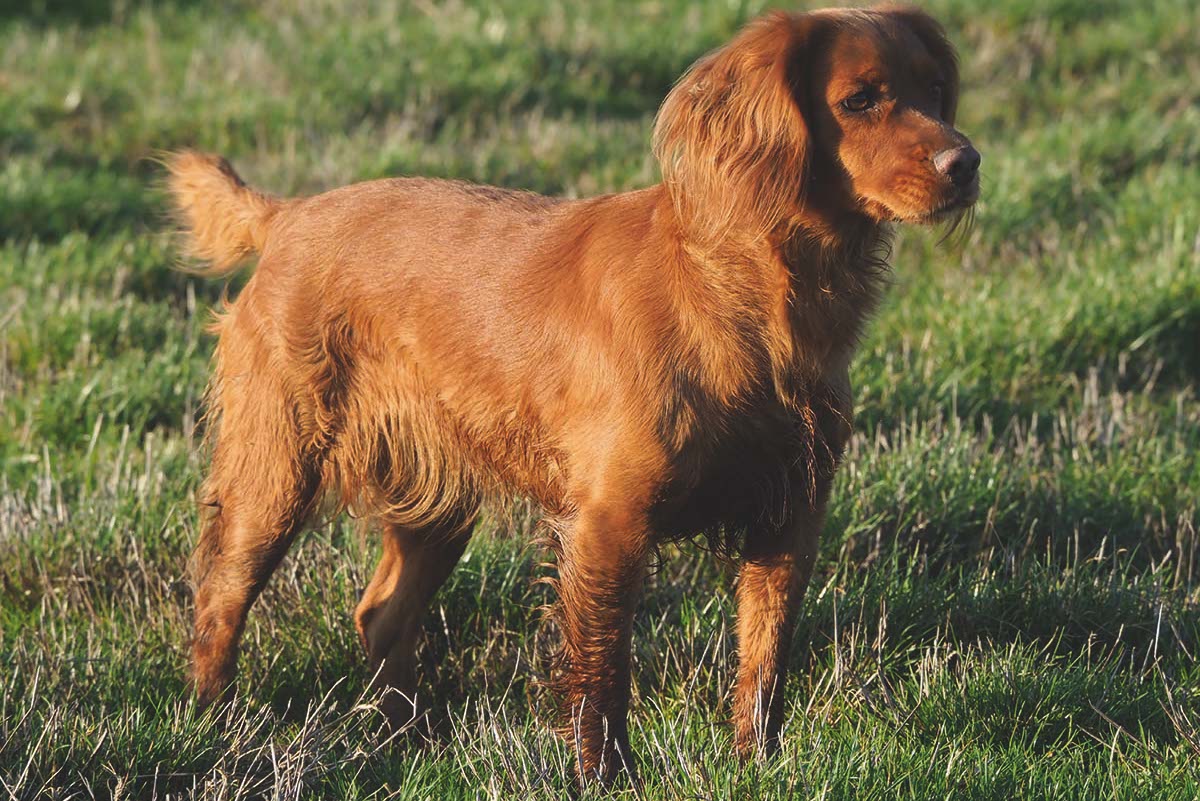The history of the pointer
Pointers were once regarded as being inferior, but no longer. David Tomlinson looks at the breed's history.

A soft mouth is an essential trait for any gundog when retrieving dead and injured gamebirds
When someone tells me they own a pointer I always have to ask what sort. Usually it turns out to be a German shorthaired pointer, as this is the most numerous pointing breed in the shooting field today, but strictly speaking a pointer is a pointer.
Pointers are grouped with setters, with which they compete in trials. They work in an almost identical manner, quartering widely — not, you must note, wildly — running with their heads held high. When they scent their quarry they stop and point.

German pointers, including the wirehaired, are viewed by many as the pinnacle of the HPR breeds
Setting not pointing
Setters do exactly the same, though they were traditionally expected to set game — instead of pointing in classic pointer style, they drop flat to the ground. This enabled the sportsman to throw a net over both dog and birds — if the dog was still standing, the birds might escape.
Thus pointers made their entrance to the sporting field rather later than setters, becoming popular when guns were introduced and the sportsmen attempted to shoot birds flying for the first time. Dogs that stood upright were considered better than those that dropped, which could be difficult to spot in heather or deep stubbles.

German Shorthaired Pointer
The first pointers reached this country between 1700 and 1725. There is a painting dated 1725 that shows the 2nd Duke of Kingston with 10 dogs that are clearly pointers. It is thought that soldiers returning from fighting in the War of the Spanish Succession brought back pointers with them.
The original Spanish pointers were heavy boned and slow. George Stubbs, best known for his studies of horses, also painted a number of portraits of pointers. His Spanish Pointer (1766) clearly depicts such a dog, but much more heavily built than those we know today.
Dog breeders experimented during the late 18th and early 19th centuries, and pointers were crossed with foxhounds to improve their scenting ability. This was not perhaps a great idea, as pointers air-scent, while foxhounds follow a ground scent. Greyhounds were also used to improve speed and stamina.
Setters were another out-cross. I once went grouse shooting with a pure-bred pointer that was longhaired and looked like an English setter, a reminder that the two breeds share a similar genetic make-up. (Read long hair, smooth hair or wirehair?)

A German pointer crossed with a labrador
The popularity of pointers and setters declined as the popularity of driven grouse shooting rose, though not before some astonishing records had been set. Few can equal that of Sir Richard Garth who, in the mid-1800s, shot 88½ brace of grouse in one day over a brace of pointers. He was accompanied by a gillie and a pony.
When the first working trials were held for pointers and setters in 1860, the latter were generally regarded as the superior workers. However, it didn’t take the pointers long to make their mark, with Sir Richard’s dog Drake winning the Champion Stake in 1869 and 1870.

Pointers came later to the sporting field than setters, becoming popular when guns were first used
Pointers and trialling
Since then pointers have won the Stake, the supreme prize in the pointer and setter trialling world, on 53 occasions. In this century pointers have dominated the Stake with 12 wins, compared with four for Irish setters and two for English setters.
When I was researching this piece, I expected to find that the Pointer Club was our oldest gundog body. It is relatively young, dating from 1960, but historically several clubs were formed over the years only to lapse for one reason or another.
Today, the club caters for every pointer owner. It has an active field trial section and organises training days designed to help owners gain an insight into the background and basic training of a working pointer or setter.
Like most gundogs, pointers have been split into two types, those that work and those that show, with the latter larger and less athletic. They are popular in the show ring, with Crufts usually attracting an entry of more than 150.
However, to appreciate the breed you have to shoot over one, a joy described by Victorian pointer aficionado William Arkwright. “The chief glory of the sport is to shoot over a brace of racing pointers, matched for speed and style, sweeping over the rough places like swallows and passing each other as if they were fine ladies not introduced.”








